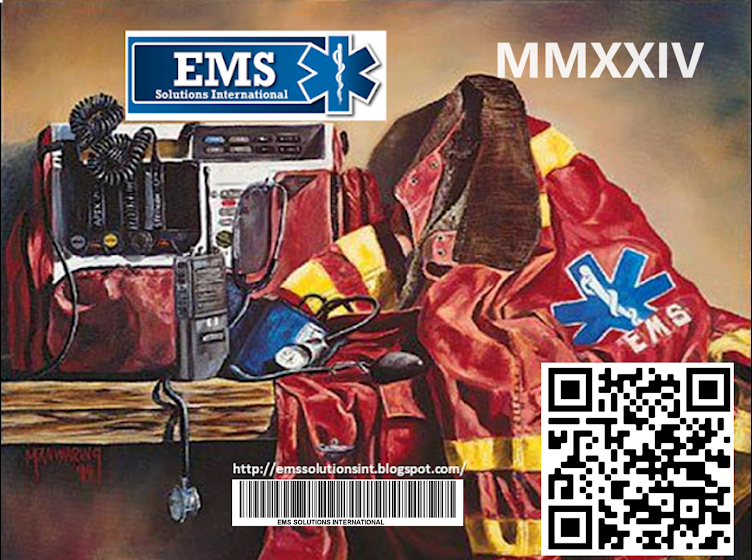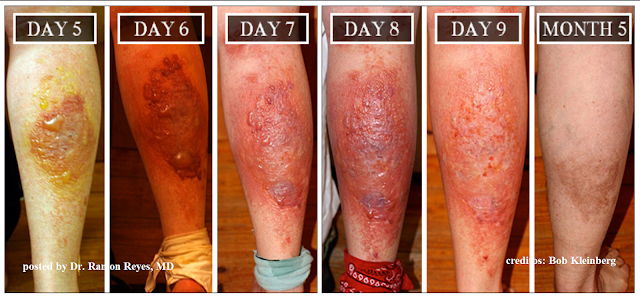The Jaeger Corps (JGK), also known as the Huntsmen Corps, is an elite Danish special operations force. It is part of Special Operations Command, formerly of the Royal Danish Army, and is based at Aalborg Air Base.
Jaeger Corps’ training is similar to the British SAS and the U.S. 75th Ranger Regiment. Their mission set includes unconventional warfare, special reconnaissance, direct action, and counterterrorism.
History of the Jaeger Corps
The Jaeger Corps trace their origins to 1785. When Denmark was threatened by Sweden, Prussia, and Great Britain it formed a light infantry unit comprised of hunters and woodsmen. The unit would be called the Jaeger Corps of Zealand. It existed in several different forms until the Cold War.
During the 1960s, the Cold War was at its height. It was decided that Denmark should create a special forces unit in order to gather information during a so-called “Grey Period” – a prewar phase between the Warzaw Pact countries and NATO. Thus the Jaeger Corps was established on November 1, 1961, as a long-range reconnaissance patrol unit (LRRP). During the years following the Cold War (1992-95) the Jaeger Corps was transformed into a SOF unit.
The Jaeger Corps has participated in special operations on the Balkans (1993-2007), Iraq (2003-08), Afghanistan (2001-present), and Africa. As a part of Task Force K-Bar, the unit was awarded The Presidential Unit citation on December 7th, 2004, for its effort in Afghanistan.
During the war in Afghanistan, the Western coalition deployed a special-operations task group as a combined Danish/ Romanian/Hungarian/U.S. task force assigned to ISAF SOF.
The unit suffered its first and only fatality in Afghanistan in 2013 when Sergeant Major Rene Brink Jakobsen was fatally injured by a roadside IED.
The number of operators in the unit is confidential but is reportedly quite small. This makes the selection process much more difficult due to the unit not needing a large number of replacement operators.
The emblem and cap badge for the Danish Jaeger Corps.
Jaeger Corps Selection and Assessment, Qualification Course
Selection for the Jaeger Corps takes place once a year and takes about 18 months in total to complete. The attrition rate is around 90 percent. The Selection and Assessment and Qualification Course is broken down into different phases.
Basic Selection Test
(Two days)
Prior to attending training candidates have to pass written tests (personal essays, English, mathematics); interview with a psychologist; pass basic PT tests (Cooper test, “yo-yo” test, core test), and undergo a medical examination.
Pre-course 1 (Five days)
The first pre-course introduces the candidates to the subjects covered in the patrol course. It identifies the areas in which the individual candidates must improve (land navigation, swimming, etc.).
The admission requirements for the preliminary course are:
Physical test: The same as the Basic Selection PT component.
March test: 30km with 20 kg backpack under six hours.
Swimming test: 1,000m breaststroke in max. 25 min.
Underwater swimming: 25 m from the water
Pre-course 2 (Two days)
More training and evaluation in the above-covered subjects.
Pre-course 3 (Two days)
The standards and requirements for the same core training subjects are increased.
Patrol Course (Eight weeks)
This is the phase of the training where most of the attrition (about 60 percent) happens. The physical and mental toughness of the candidates is tested. Candidates must pass a series of events consisting of direct action and special reconnaissance missions that are used to assess their relevant skills in the areas below:
-Shooting
-Helicopter insertion/extraction
-Maritime insertion/extraction (RIB, rubber dinghy)
-Orienteering (technique, theory, orienteering race/march, day/night)
-Long-distance march
-Coldwater habituation (7-10° C (44,5 F°))/combat swimming
-PT – running, core
-Demolition
-Medical skills
-Survival
-Self-confidence tests
-Patrol exercises
Much like Special Forces Assessment and Selection (SFAS), candidates don’t know how long the runs/land navigation courses are. They are just told to conduct them as fast as they can.
Candidates completing this phase of the training will be rated either “satisfactory” or “very satisfactory.” The candidate must obtain a rate of “very satisfactory” in order to continue on Jaeger Corps’ Selection Course.
Selection Course (Eight weeks)
Candidates receive training in advanced breaching, close-quarters battle, demolition, and sniping. During this phase, candidates undergo a structured physical program designed to increase their capabilities toward the achievement of strict physical standards.
Marches and runs of increased distances are highlighted. During the Patrol and Selection Course, the candidate will march or run an average of 2,000 kilometers (1,250 miles). The final march test consists of a 60km (37,3 miles) march while carrying a minimum of 40 kilos (88 lbs) of equipment with a maximum time allowance of 12 hrs in terrain.
In addition, candidates must complete 2 x 50 km marches with 40 kilos of equipment in a maximum of 48 hrs over varied terrain. The candidates swim on average 45km (28 miles) in a pool and/or in seawater during these phases of training.
The candidates who pass are awarded their first badge in their training; this is the coveted cap badge “bugle” for the beret.
Basic parachuting course (Two weeks)
Candidates who make it through the Selection Course undergo two weeks of static-line parachuting training.
Combat Swimming Course (Three weeks)
The course is taught by the Danish Frogmen Corps.
The Selection Course is completed with a self-confidence test (rope-drop from 18 meters/22 yards) whereafter the candidates are awarded the insignia of the Jaeger Corps.
Successful candidates receive the coveted maroon beret that indicates completion of training and designation as a Jaeger.
The Jaeger Corps’ Probationary Year
After the completion of the Jaeger Corps training pipeline program, the operators must serve a probationary period of one year before becoming fully certified members of the unit. During this time, the training for the new members intensifies. They will attend high-altitude, high-opening/high-altitude, low-opening parachute training, environmental training (desert, winter), advanced infiltration training (mountain, nontactical vehicle, ski, rotary-wing). They will attain joint-terminal-attack controller certification in addition to advanced CQB training, and specialist training (demolition/breaching, medic, comms, intel, sniper). Additionally, they are taught an advanced hand-to-hand combat system called MTM (man-to-man) combat.
Jaeger Corps Weapons
Some of the most common weapons that Jaeger Corps operators use are:
Glock 26 9mm Pistol
USP Heckler & Koch Pistol 9mm
SIG Sauer P210 Pistol 9mm
Tactical 5.0 Pistol 9mm, .38 Super, .40 S&W, .45 ACP STI Tactical
MP5 Submachine gun 9mm Heckler & Koch
G53 Carbine 5.56mm Heckler & Koch
C8 CQB Rifle 5.56mm Diemaco
C8 SFW Rifle 5.56mm Diemaco
LSW M/04 Light Support Weapon 5.56mm Diemaco
23 E Machinegun 5.56mm Heckler & Koch
MG3 Machinegun 7.62mm Rheinmetall
21 E Machinegun 7.62mm Heckler & Koch
MSG-90 Sniper Rifle 7.62mm Heckler & Koch
The Jaeger Corps regularly trains with similar units from different countries, such as the U.S Army Green Berets, U.S. Navy SEALs, U.S. Army Delta Force, British SAS, and the Danish Frogman Corps the country’s naval special forces group,
Several years ago, Jaeger Corps member Thomas Rathsack published a memoir of his deployment to Afghanistan Jaeger: At War with Denmark’s Elite Special Forces. It is a must-read for anyone who wants to learn about our allied Special Operations Forces who have more than earned their reputation.
The Danish military produced an outstanding video some years ago about a group of Jaeger Corps candidates going through the course. Of the 100 applicants, seven made it through the course. The video with English subtitles can be watched below.
Many of the Danish instructors wear the Master Parachute Badge of the U.S. and the instructor who gives the briefing for the candidates also sports a Ranger tab.

















